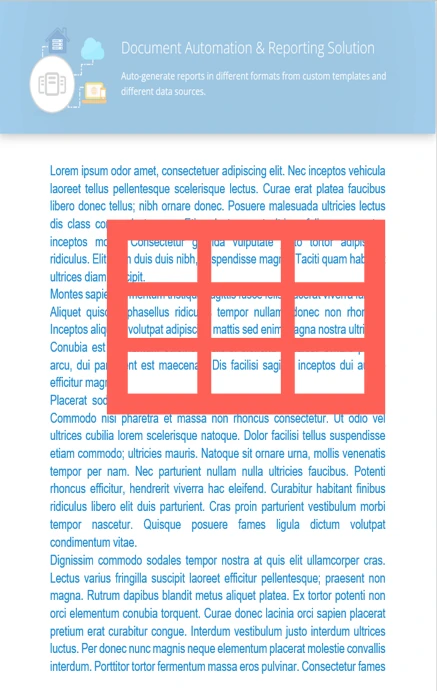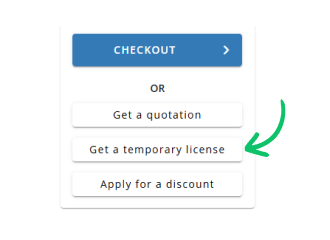GroupDocs.Assembly lets you dynamically populate tables in templates for formats like XLSX. Insert data from various sources into your tables.
- Create a XLSX template with table placeholders.
- Fetch data from any supported source.
- Filter the data to include only the required information.
- Save the document with the populated table.



